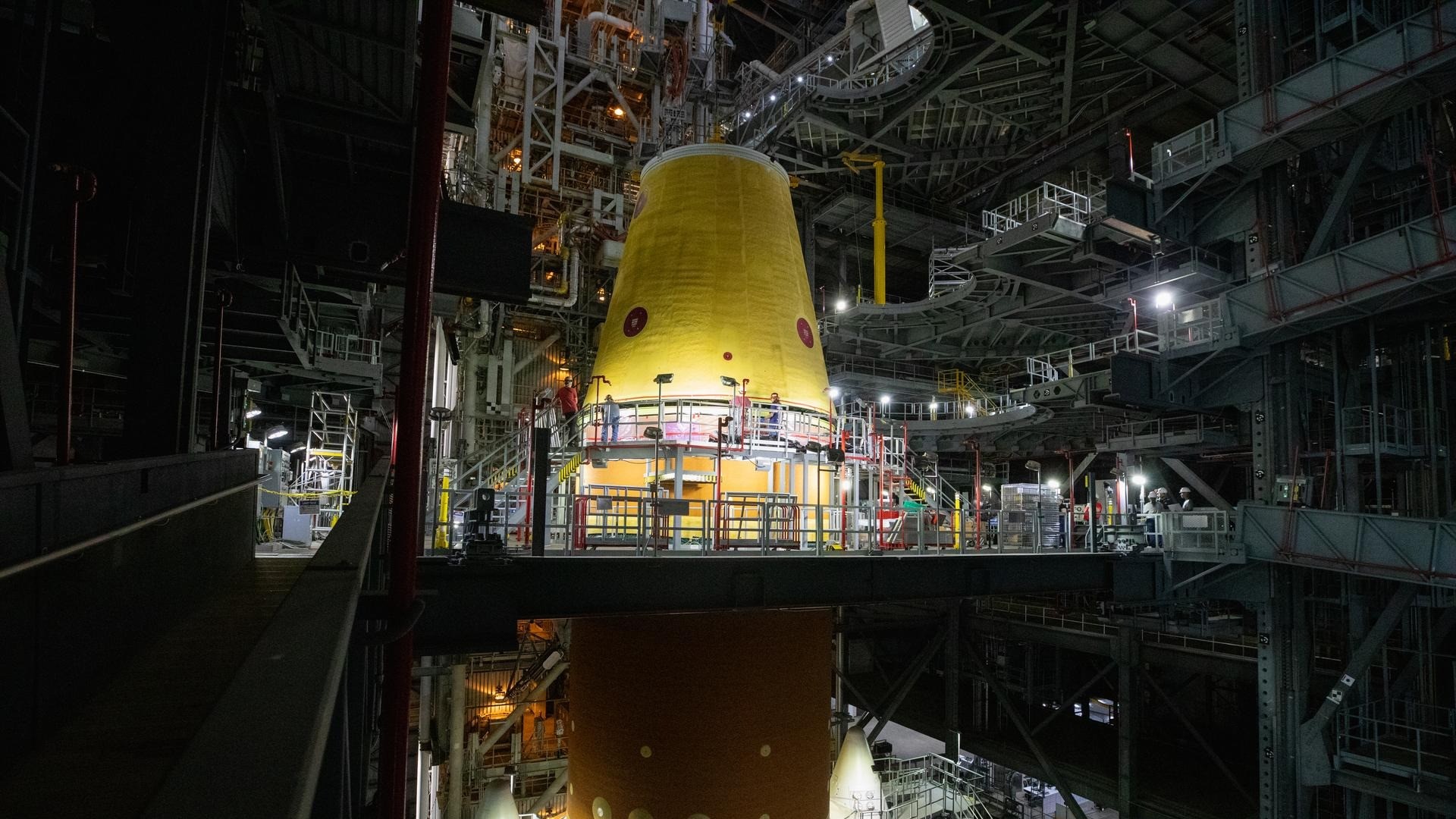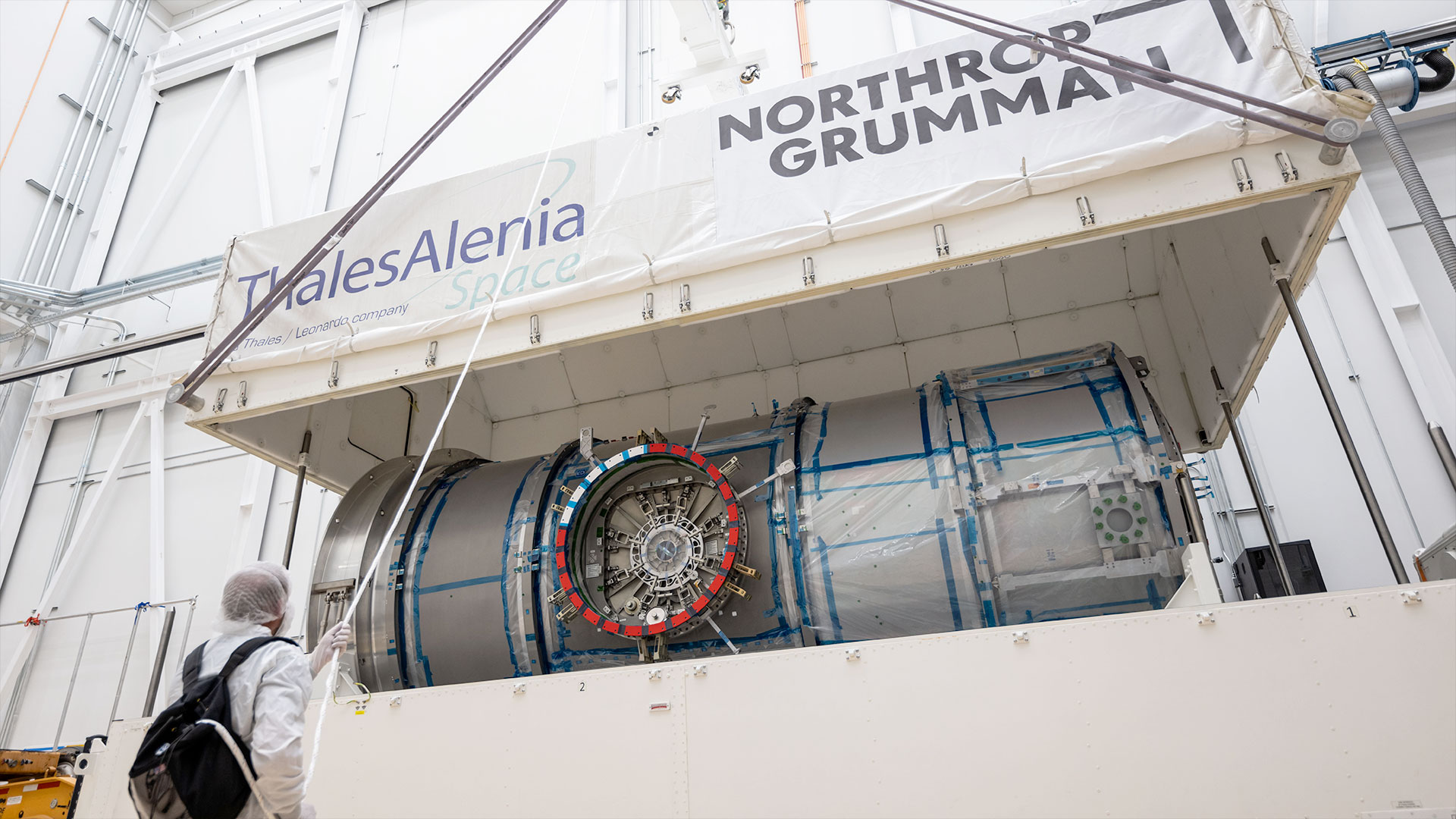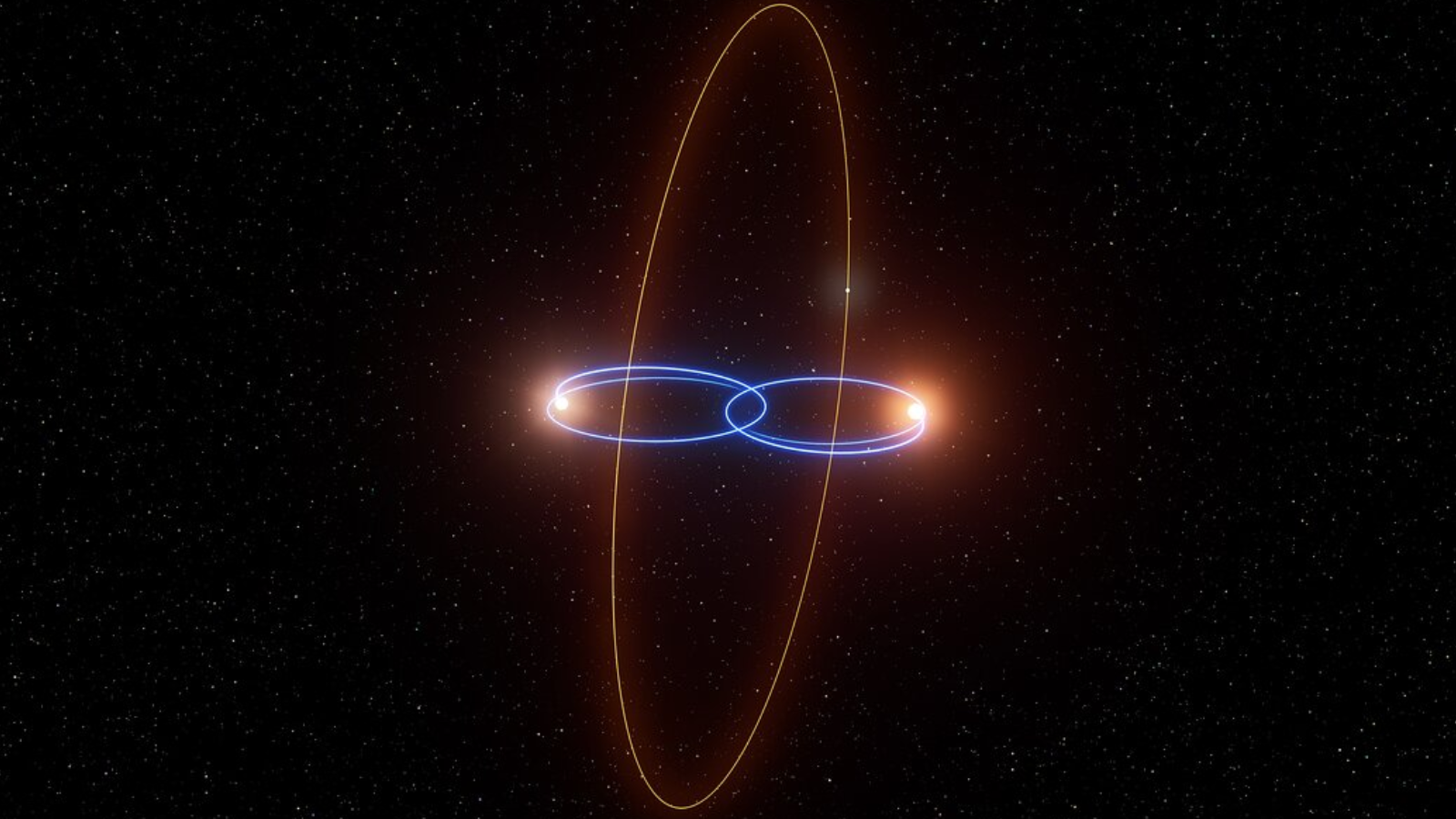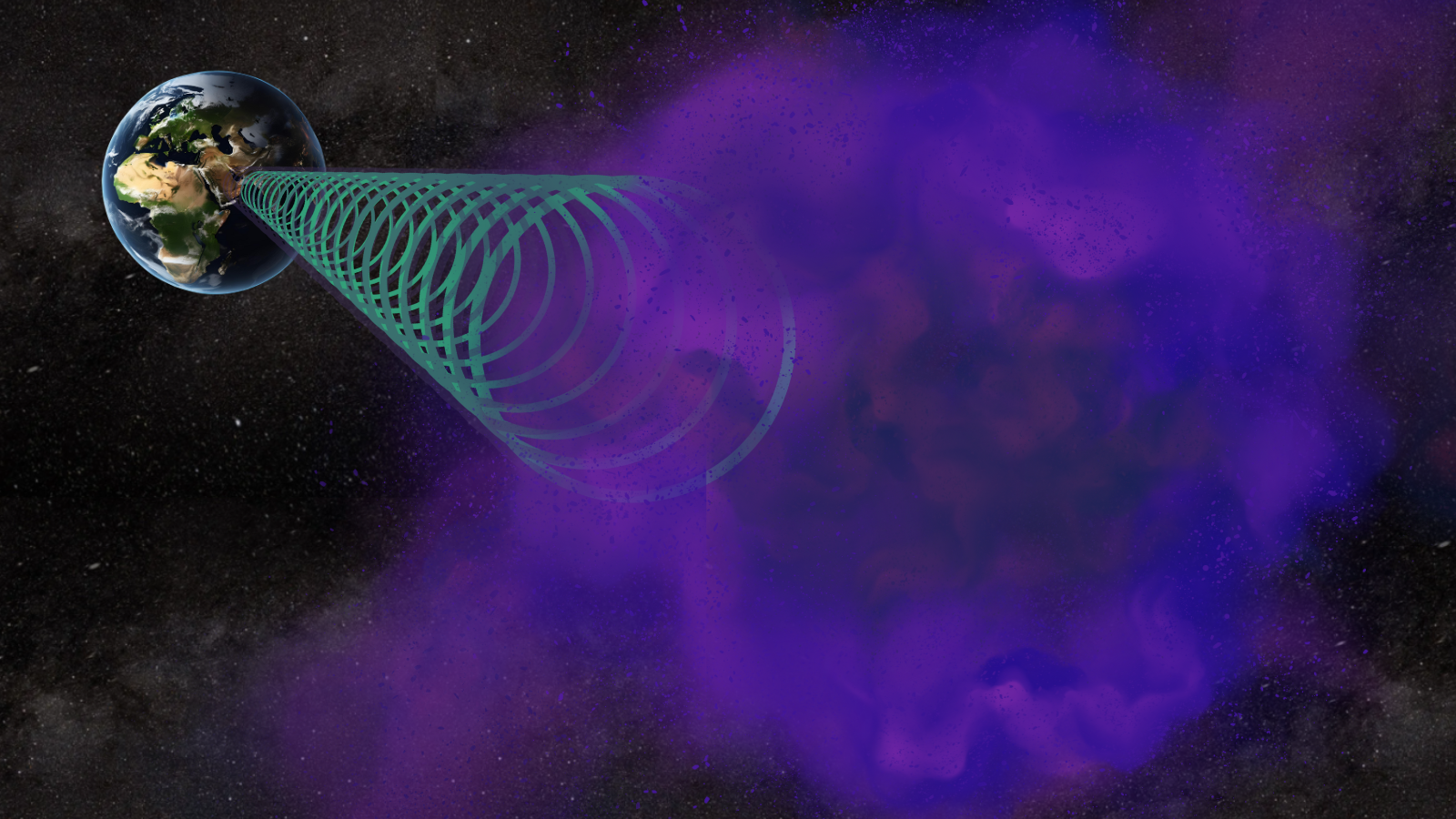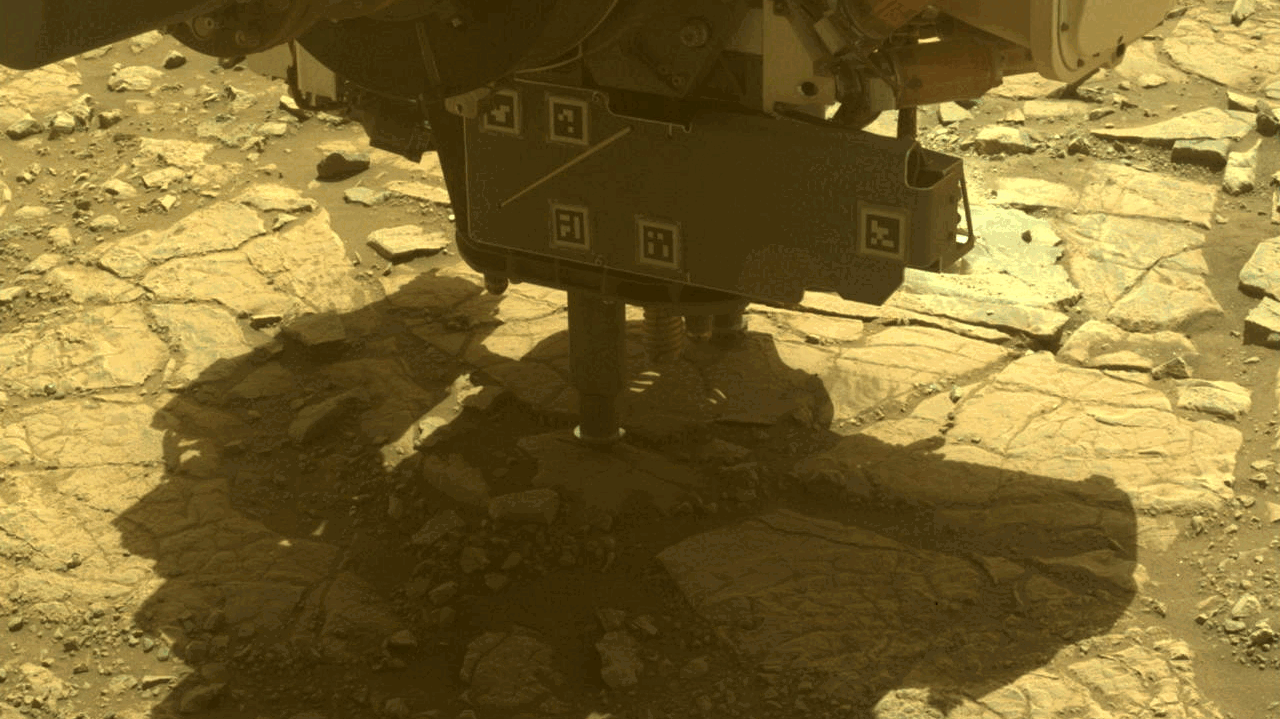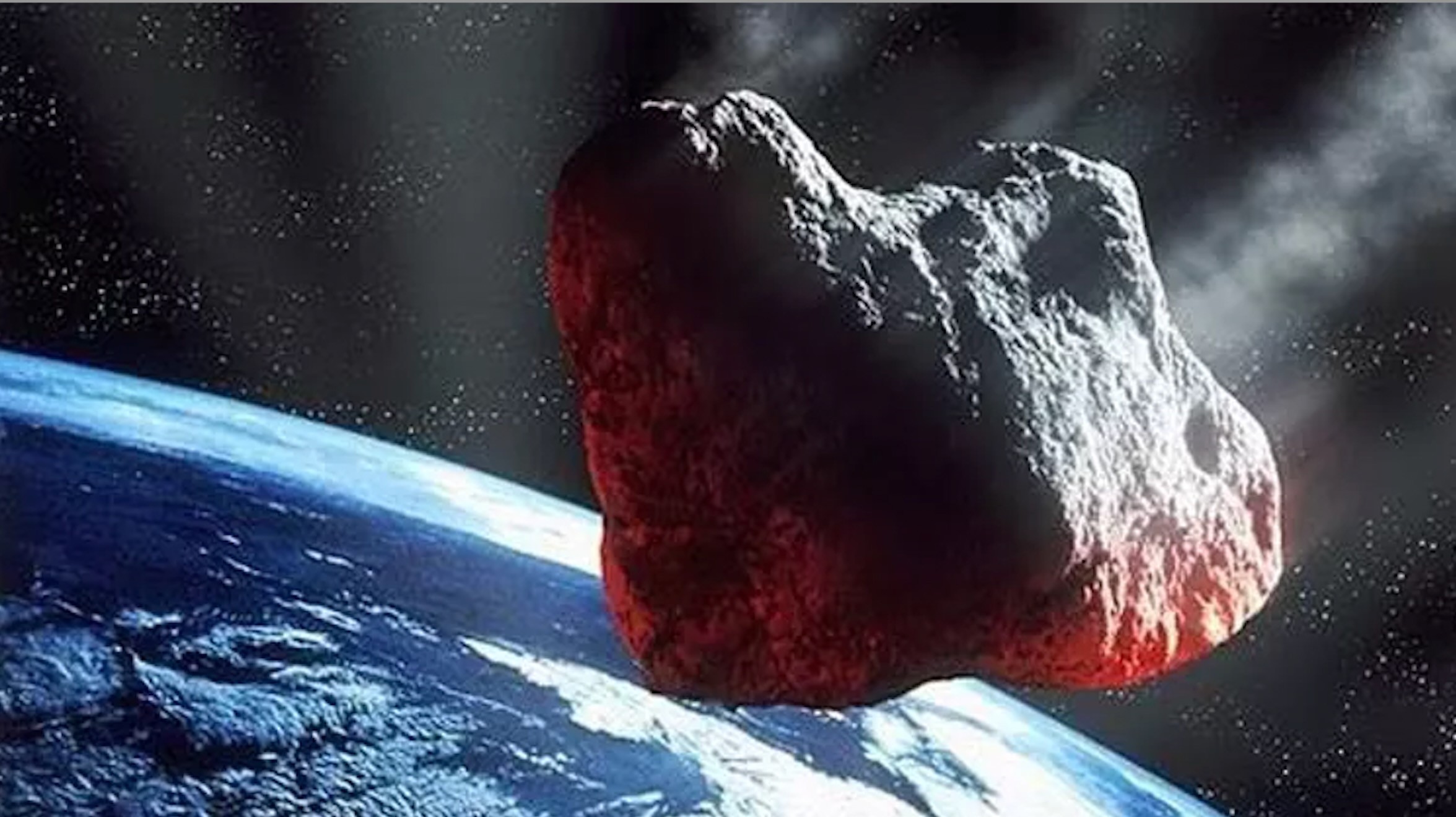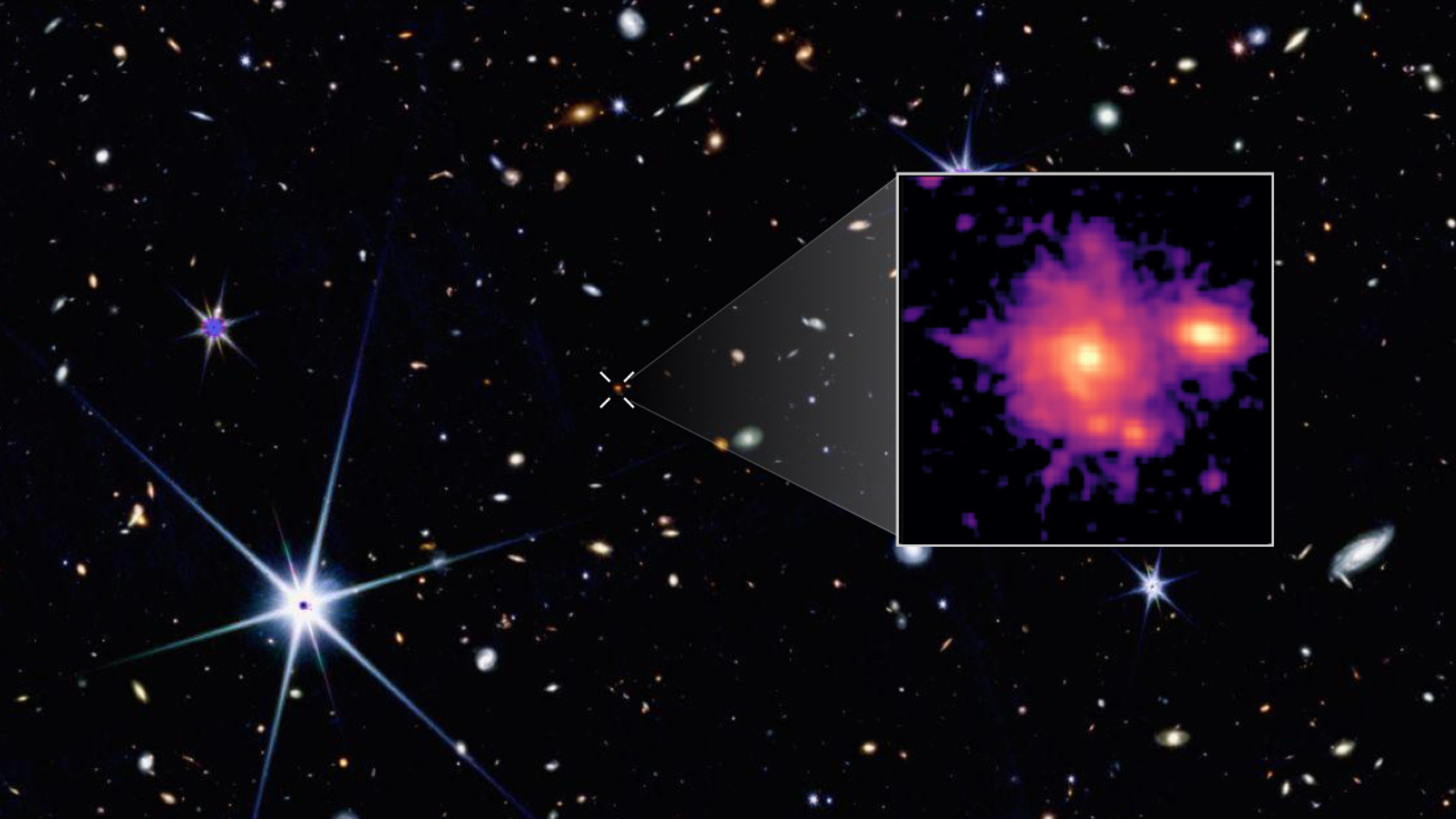Saturn's Icy Moons Are a Little Less Mysterious Thanks to Cassini's Long Mission
The Cassini spacecraft will take a death plunge into Saturn next on September 15 after more than a decade observing the planet and its moons. Perhaps its greatest contribution to science is helping us learn about the many icy moons circling Saturn and its elegant rings. Scientists are interested in finding life outside of Earth, to see if it's similar to what we have on our own planet.
Icy moons are likely our best shot at finding microbes. That's because they have a ready source of heat — in this case, tidal interactions with Saturn — as well as abundant water in the form of oceans and lakes. Cassini's observations from orbit showed us geysers, oceans, and other signs of liquid. Future missions on the drawing board might use submarines or little rovers to take a close-up look at the moons.
Here are some of Cassini's key discoveries.
Enceladus
Enceladus is perhaps the most famous icy moon of Saturn, as Cassini has tracked at least 101 geysers spouting water into space from "tiger stripes" or cracks in the ice. Late in Cassini's mission, in April 2017, researchers announced that Cassini detected hydrogen in Enceladus’s plumes, which suggests that there are hydrothermal vents in the ocean below. These vents are warm spots that, on Earth, are places where creatures tend to congregate as it is a ready-made source of energy and food.
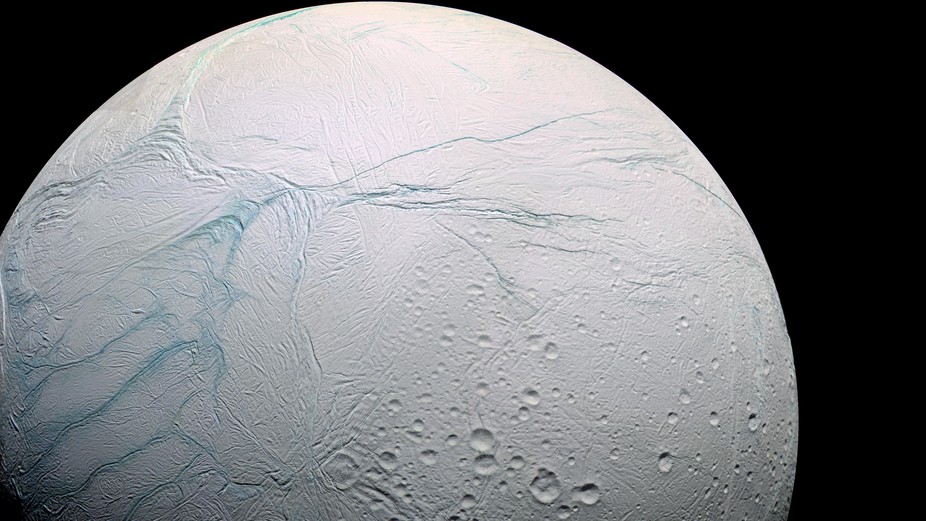
Perhaps the most notable discovery was in September 2015, when researchers found evidence of a global ocean, based on how the moon wobbles as it orbits Saturn. Other key discoveries included evidence that Enceladus’s spouting water lands in Saturn's atmosphere and that the south polar area changes over time, hinting at evidence of Earth-like plate tectonics. It also recorded multiple observations of the geysers’ composition, structure, and eruption frequency.

Titan
Scientists knew very little about the surface of Titan because observations showed only an orange blob. Cassini changed that forever, using radar to reveal a world of hydrocarbon-filled lakes that shift with the changing seasons.
Its mission began with the deployment of the European Space Agency’s Huygens lander, which flew to the surface in January 2005. Huygens made the first measurements from the lower atmosphere, finding — to the surprise of investigators — methane, even though the gas is typically broken down by the sun. This means that there is likely a renewable source of methane somewhere on Titan.
Get the Space.com Newsletter
Breaking space news, the latest updates on rocket launches, skywatching events and more!
Cassini also made several science discoveries of its own, such as finding a disappearing and reappearing island on Titan's surface, watching the evolution of Titan's seasons, and finding evidence of an underground ocean.
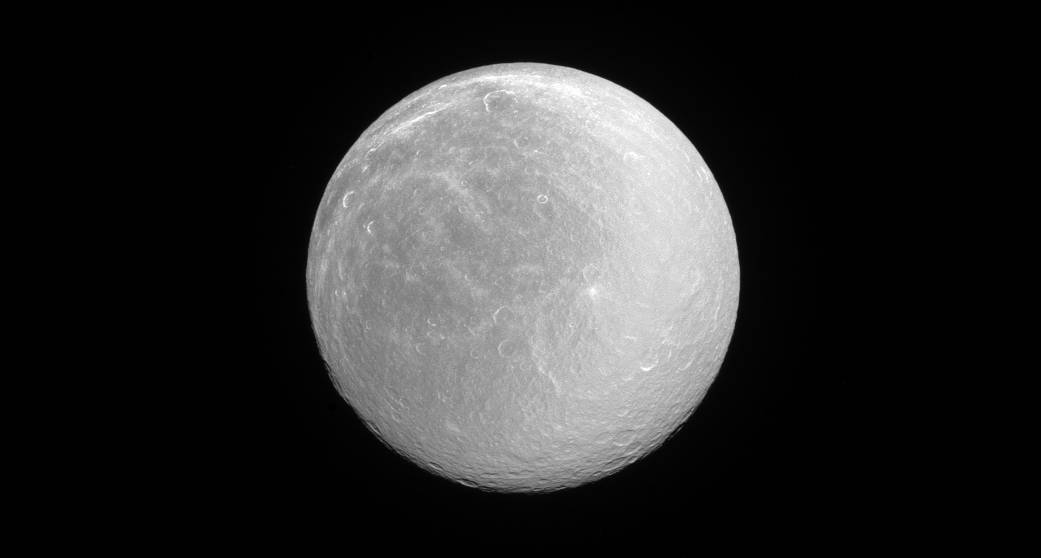
Rhea
While Rhea is not reported on as much as Titan and Enceladus, it is notable because of its size — it's the second-largest of Saturn’s moon, although at 475 miles (764 kilometers) it is only a third of the radius of Titan. Its surface is likely made of water ice because it is so reflective of light. High reflectivity is also apparent on the small moons Dione and Tethys.
Cassini showed that Rhea likely has a mixture of ice and rock underneath its surface. Cassini also revealed canyons on Rhea — showing that the moon must have had tectonic movement long ago — as well as a wispy atmosphere of oxygen and carbon dioxide. Rings were also found in 2008.

Tethys
Tethys, a small icy moon of Saturn, has mysterious red arcs on its surface that Cassini first detected in 2004. The scientists are not sure about the source of the arcs, but speculation includes chemical impurities in the ice, or perhaps fractures that are just a little bit smaller than what Cassini's cameras were able to resolve.
Cassini also found a heat signature on Titan that resembles the shape of the 1980s video game character Pac-Man. The approximately V-shaped structure likely happens when electrons, traveling at high speed around Saturn, crash onto the moon. The electron collision turns the soft surface into hard ice, which would not heat up as fast during the day, or cool down as quickly during the night, compared to the surrounding surface. A similar heat signature is present on Mimas.

Mimas
Mimas is often compared with the Death Star from the Star Wars movies because of the large crater on one side of its surface. Several flybys of the small moon revealed many mysteries that future missions will investigate further.
Cassini found a weird feature under Mimas' surface in 2014, when the spacecraft detected wobbling in the moon's orbit. The source of the wobble remains unknown.
Scientists are puzzled by Mimas’s cratered surface bereft of geysers because it has an elliptical orbit around Saturn and is closer to the planet than the ever-erupting Enceladus. Some researchers suggest that any explanation about the plumes on Enceladus should also include the static surface of Mimas, since both moons — at first glance — should have had similar environments.
Originally published on Seeker.
Join our Space Forums to keep talking space on the latest missions, night sky and more! And if you have a news tip, correction or comment, let us know at: community@space.com.

Elizabeth Howell (she/her), Ph.D., was a staff writer in the spaceflight channel between 2022 and 2024 specializing in Canadian space news. She was contributing writer for Space.com for 10 years from 2012 to 2024. Elizabeth's reporting includes multiple exclusives with the White House, leading world coverage about a lost-and-found space tomato on the International Space Station, witnessing five human spaceflight launches on two continents, flying parabolic, working inside a spacesuit, and participating in a simulated Mars mission. Her latest book, "Why Am I Taller?" (ECW Press, 2022) is co-written with astronaut Dave Williams.
